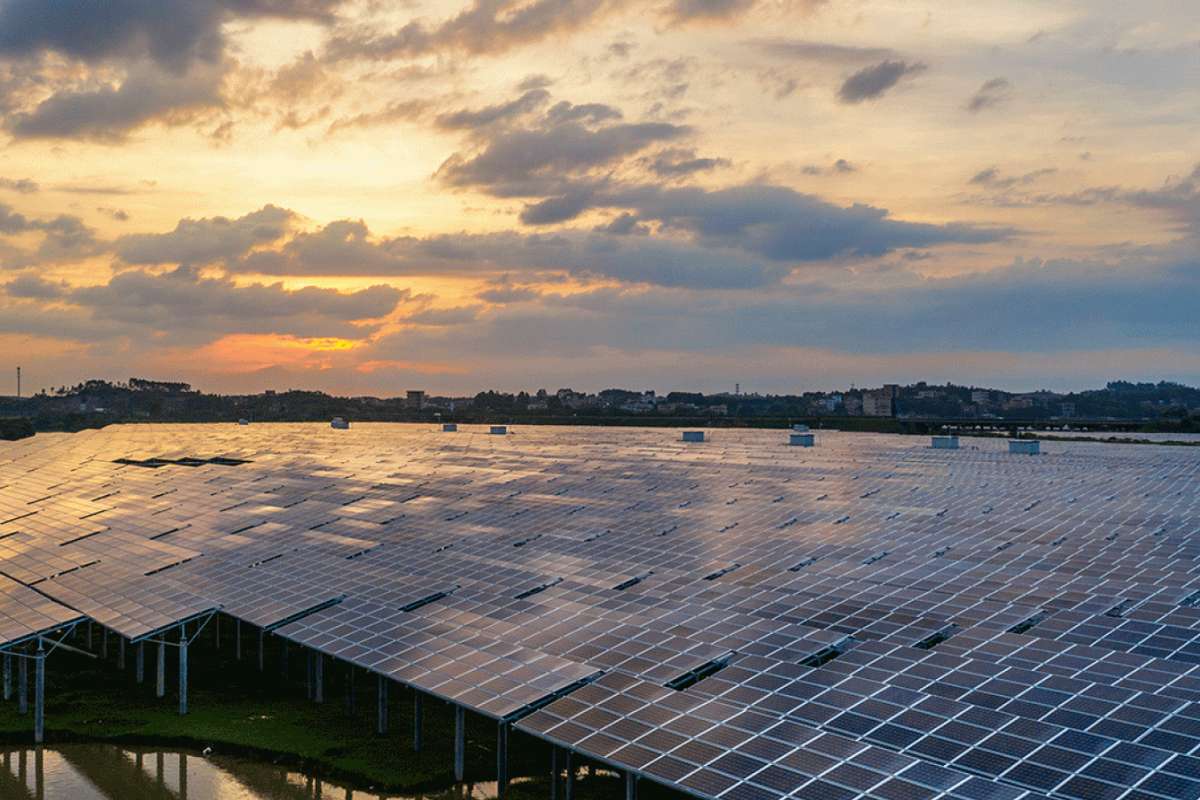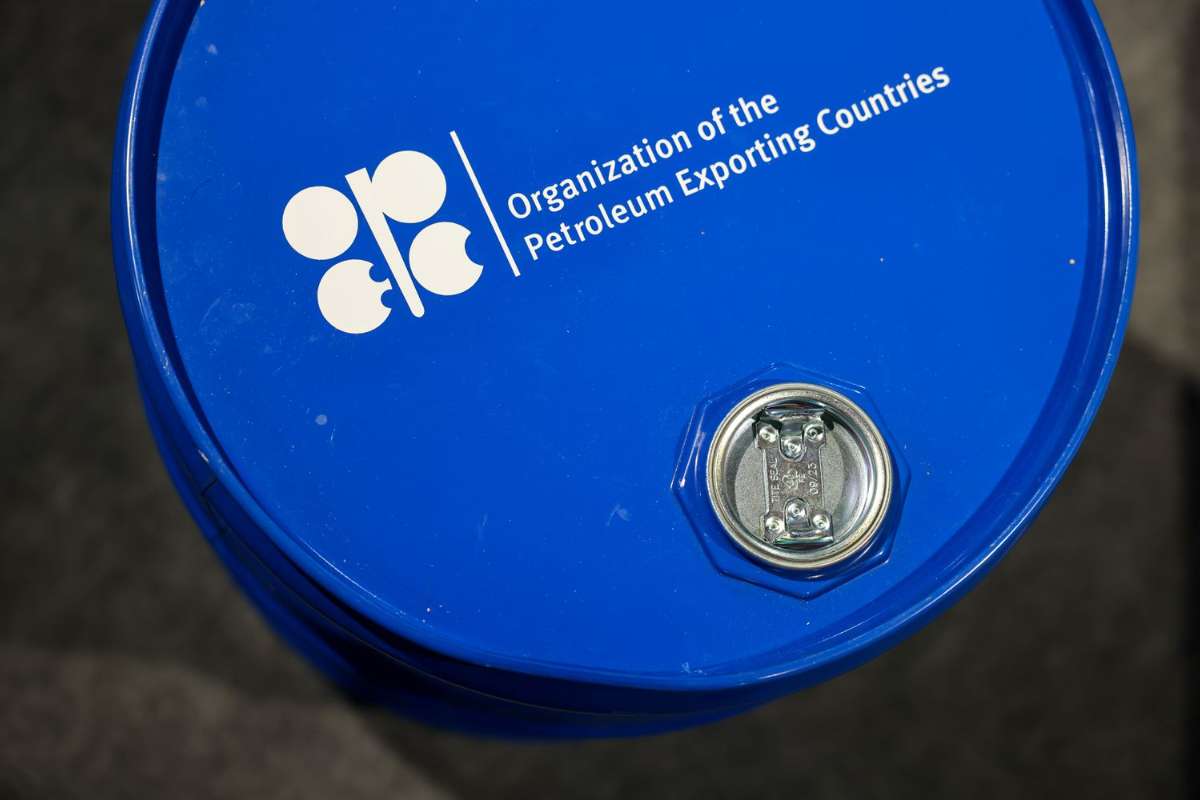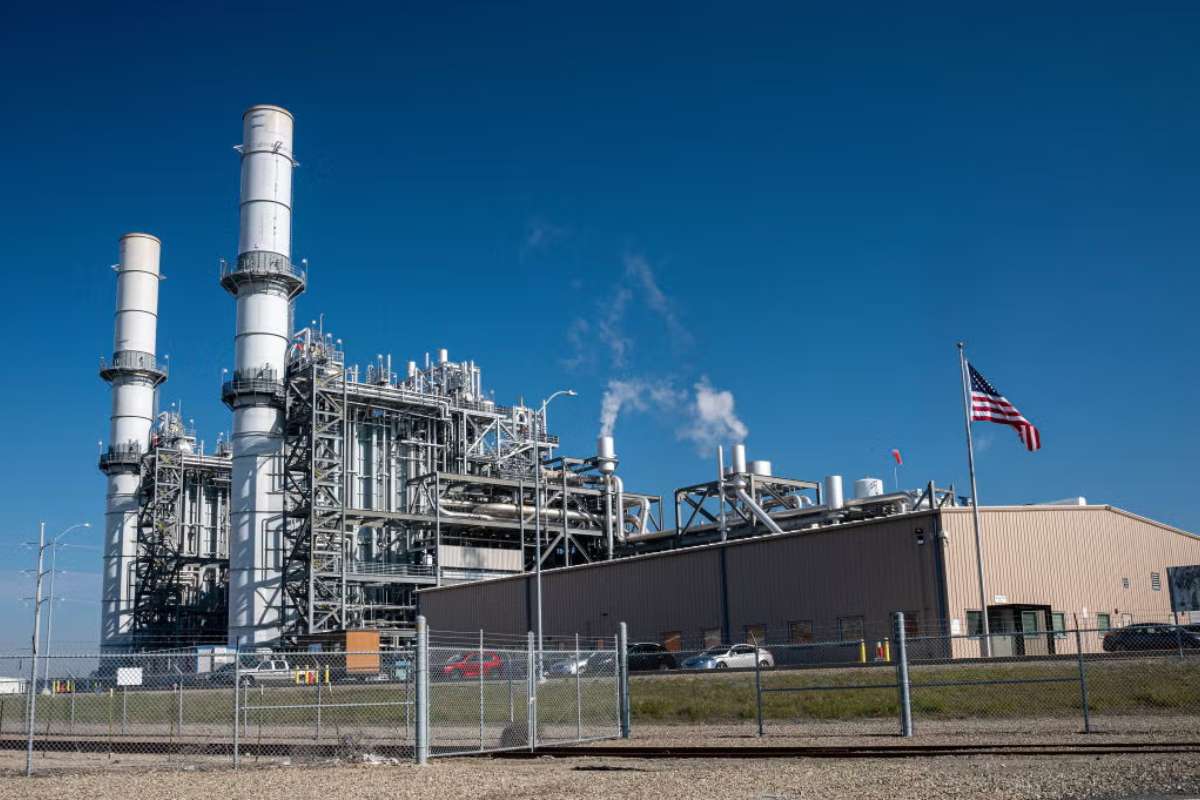Indonesia’s Stance on Green Electricity Exports
In February 2025, Indonesia’s Minister of Energy and Mineral Resources (MEMR), Bahlil Lahadalia, announced that the country would withhold the permit for exporting Indonesia’s green electricity to Singapore until reciprocal benefits were ensured. This decision comes as Singapore works towards reducing its carbon emissions to between 45 million and 50 million tonnes of carbon dioxide equivalent (MtCO2e) by 2035, down from the projected 60MtCO2e in 2030.
Singapore has committed to increasing its renewable energy capacity to at least 2 gigawatt-peak (GWp) by 2030, aiming to supply approximately 3% of its total electricity demand. The country still heavily relies on liquefied natural gas (LNG) and oil, with renewables currently contributing only about 5% of its total electricity generation. However, Singapore’s electricity import framework requires companies to complete three stages before receiving an importer license: obtaining initial conditional approval, gaining a conditional license, and acquiring an importer license.
The Indonesian government remains cautious about exporting renewable energy while ensuring its domestic supply. Officials are concerned about whether Indonesia will sufficiently benefit from land and resource allocation. Additionally, there is a push to maximize domestic sourcing and manufacturing of components required for renewable energy projects before considering large-scale exports.
Potential Benefits for Indonesia’s Economy
Despite the regulatory barriers, exporting Indonesia’s green electricity to Singapore presents a significant economic opportunity. As of the second quarter of 2024, Singapore’s regulated electricity tariff stood at 29.8 cents per kilowatt hour (¢/kWh) (approximately USD22.2¢/kWh), significantly higher than Indonesia’s electricity tariff of USD9.9¢/kWh.
If Indonesia were to export 3.4GW of electricity at a tariff range of USD14¢/kWh to USD20¢/kWh, it could generate annual foreign exchange earnings of USD4.2 billion to USD6 billion (IDR67 trillion to IDR95 trillion). Over 25 years, this could accumulate to USD 105 billion to USD 150 billion (IDR 1,675 trillion to IDR 2,375 trillion). Moreover, Indonesia could gain USD210 million to USD600 million annually through direct tax revenues without requiring state investment. The government could also impose a royalty fee per kilowatt-hour of electricity transferred, further increasing national revenue.
Beyond financial gains, the export initiative for Indonesia’s green electricity could enhance the country’s renewable energy manufacturing sector. Large-scale solar energy projects require substantial demand to support domestic supply chains, which currently operate at a smaller scale. A net export target of 2GW would necessitate an installed capacity of at least 11GWp in solar photovoltaic (PV) projects and 21 gigawatt-hours (GWh) of battery energy storage systems (BESS). The expansion of renewable energy projects would also generate employment, with an estimated 80,000 workers needed for 11GWp of solar PV capacity.
Regulatory Considerations for Equitable Benefits
To ensure mutual benefits between Indonesia and Singapore, regulatory measures must be carefully implemented. Indonesia’s government is evaluating various strategies to balance its domestic energy needs while capitalizing on exports. One potential measure is setting a capacity quota to allocate renewable energy exports without compromising local energy security. A special export tariff could also be introduced to reflect the market price agreed upon with Singaporean buyers, taking into account the high costs associated with high-voltage direct current (HVDC) transmission infrastructure.
Indonesia’s state-owned electricity utility, PT Perusahaan Listrik Negara (PLN), is expected to play a central role in overseeing commercial agreements and developing a cross-border transmission network exclusively for renewable energy. Proper site selection for large-scale solar and geothermal projects is another key factor, as these projects require vast land areas. The estimated 10,000–15,000 hectares required for such initiatives must be assessed based on environmental impact, infrastructure proximity, and community interests.
Additionally, Indonesia is considering implementing local content requirements (LCRs) to support its renewable energy industry. A phased approach to LCRs would allow for gradual adoption without disrupting project timelines or inflating costs. Furthermore, carbon credit rules must be established to ensure that the economic benefits of carbon reduction are equitably distributed between Singaporean and Indonesian stakeholders, including independent power producers and PLN.
With Indonesia’s green electricity and Singapore working towards a sustainable energy future, discussions on cross-border electricity trade continue to shape the region’s renewable energy landscape.












